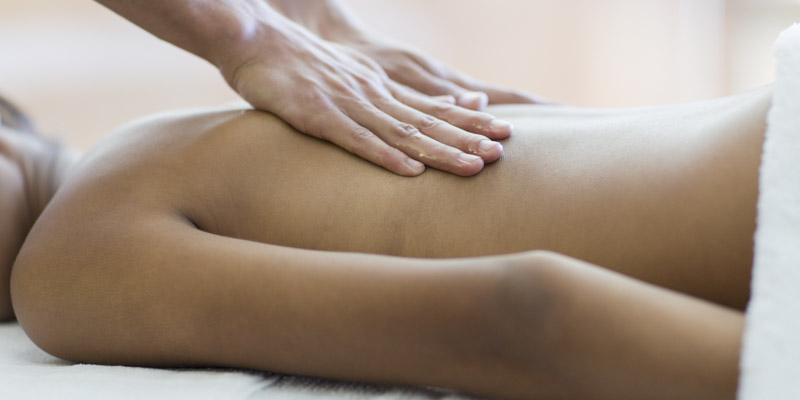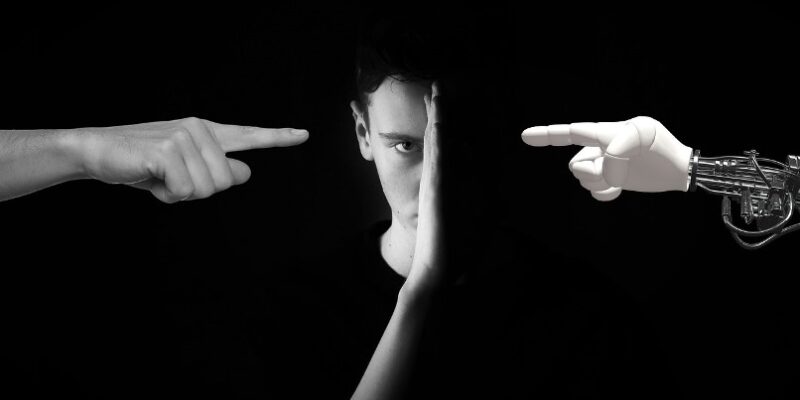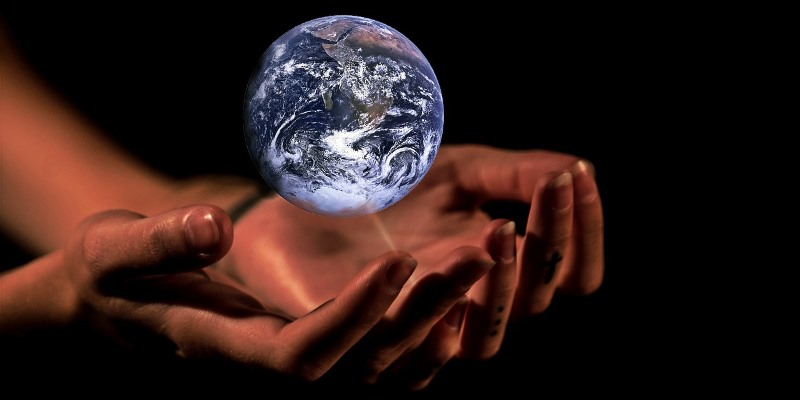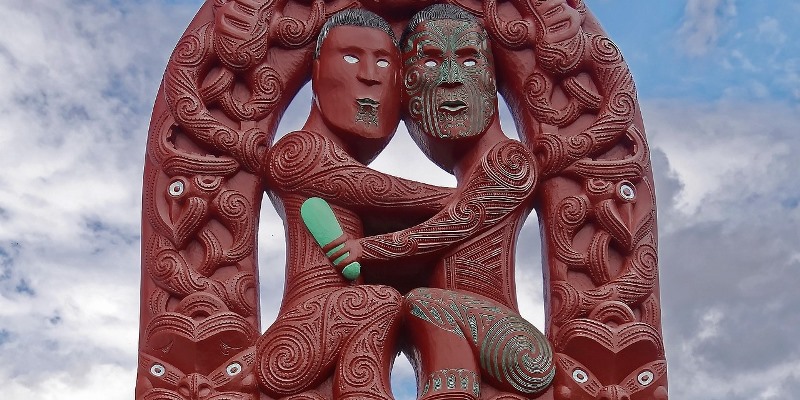
We’ve written this post to give you some background information about our approach to our recently published book Modern Massage Encyclopedia.
To start with, it’s virtually impossible to create a complete overview of all modern massage treatment modalities. Not only is the number of “distinct” massages staggering, you will also find that “new” types of massage treatments appear very regularly.

Then again, we don’t think that it’s really needed to give you a list of all known modalities, because many are basically very much alike, based on the same principles, with just here and there “something” different. As such, we’ve aimed at describing only those massage treatments that are more or less unique or — by contrast— rather popular.
One of the reasons of the large number of modern massages is the tendency to trademark massage treatments. This, of course, is simply to make things more interesting i.e. attractive and “special,” and moreover, to make money with treatments, training, and certifications in those trademarked, “protected” modalities.
In general, you will regularly find “new” trademarked massages which are just very obvious i.e. farfetched, or you’ll perhaps encounter completely ridiculous hybrids i.e. combinations of already existing traditional or other modern massages.
Another issue is that the West likes to “specialize.” It makes for almost hilarious massage modalities, such as Bio-energetic Toenail Reflexology, Earlobe-Chocolate Massage, Left-Buttock Myofascial Massage, Kneecap Energy Massage, Nose-Lift Cross-Fiber Massage, Navel-Toning Massage, Femoral Fertility Massage, and so on.
In fact, these types of “specialized” massage modalities are perhaps not “wrong,” or a complete hoax, but they are usually only part of a broader massage modality, such as a Foot Massage, Facial Massage, or Abdominal Massage, etcetera.

Many modern massage techniques are based on concepts taken (or copied, if you will) from traditional medicine systems (such as acupressure, special pressure points, Vital Life Energy, Energy Channels, and so on), and you will find some of those type of modalities mentioned in our book to give you the broad picture, notably those modalities that were “assembled” by modern Western therapists.
At the end of our book you will also find a section called Supporting Chapters. It covers some traditional massages and concepts that we think are necessary to know about to better understand the make-up of some of the modern massages presented in the book.












